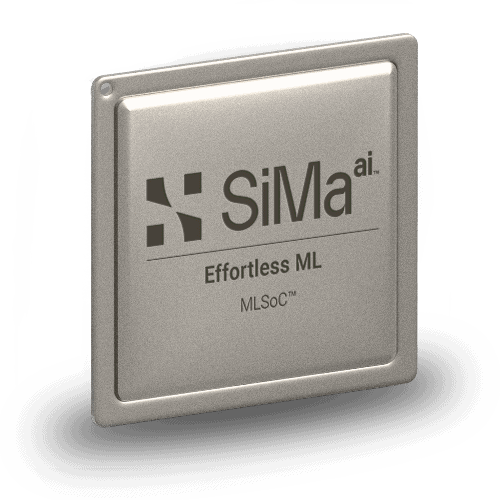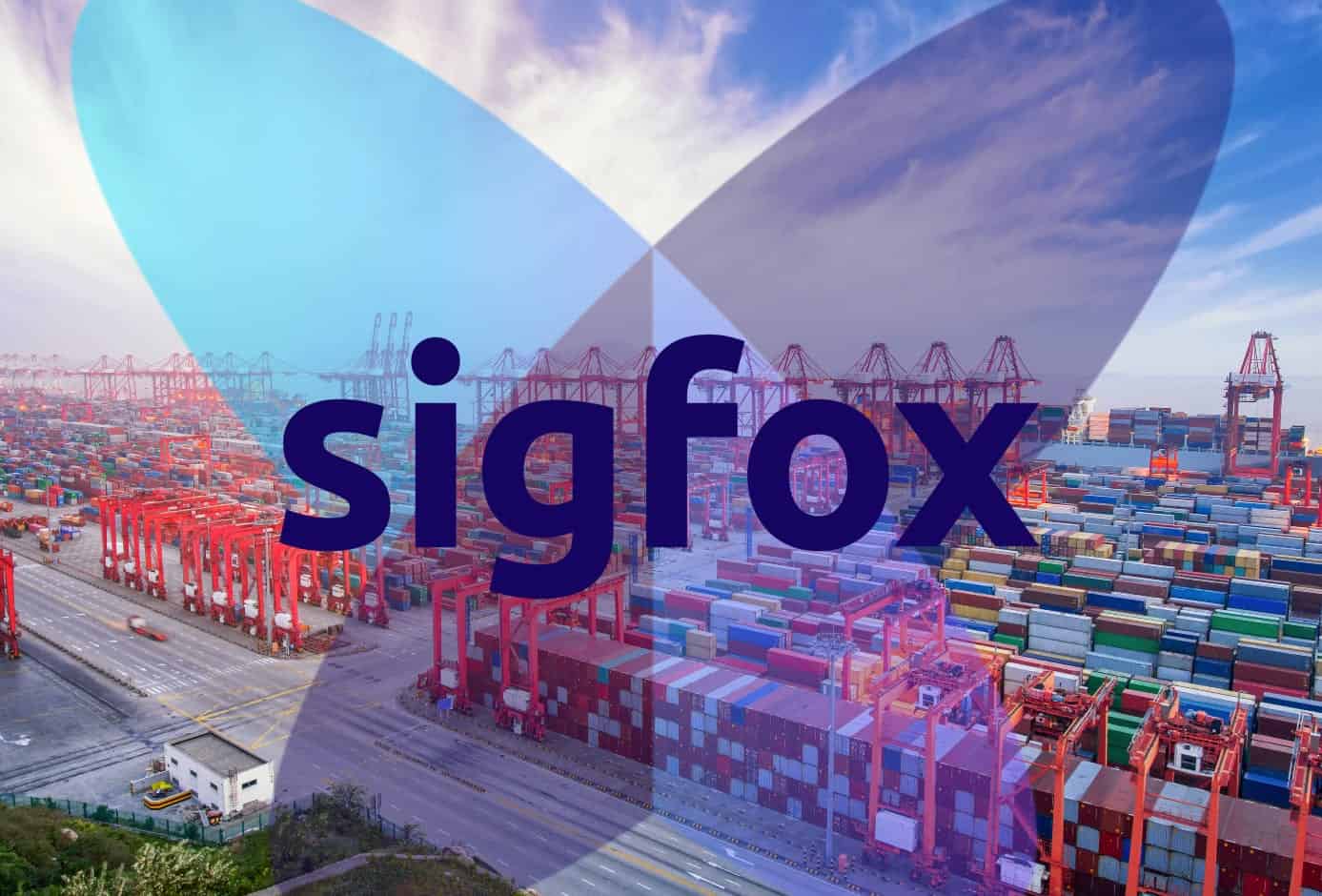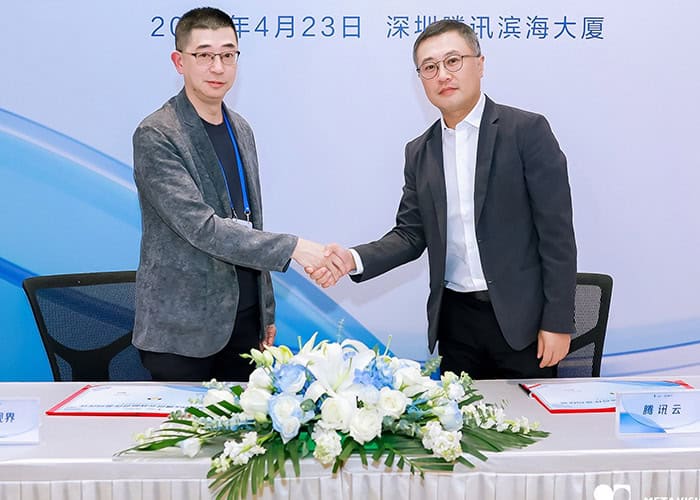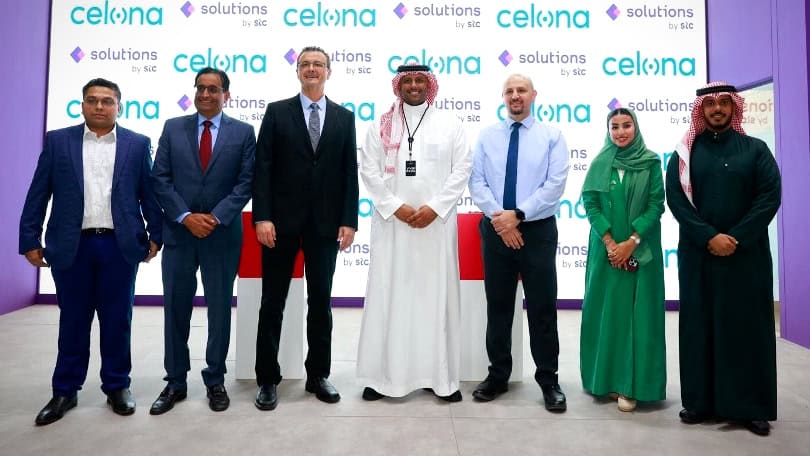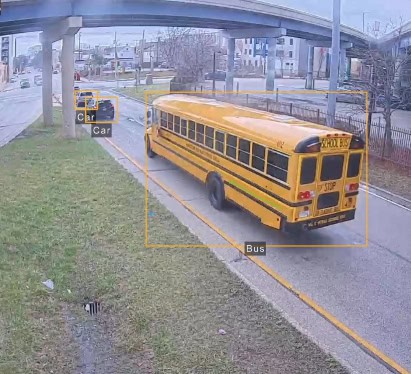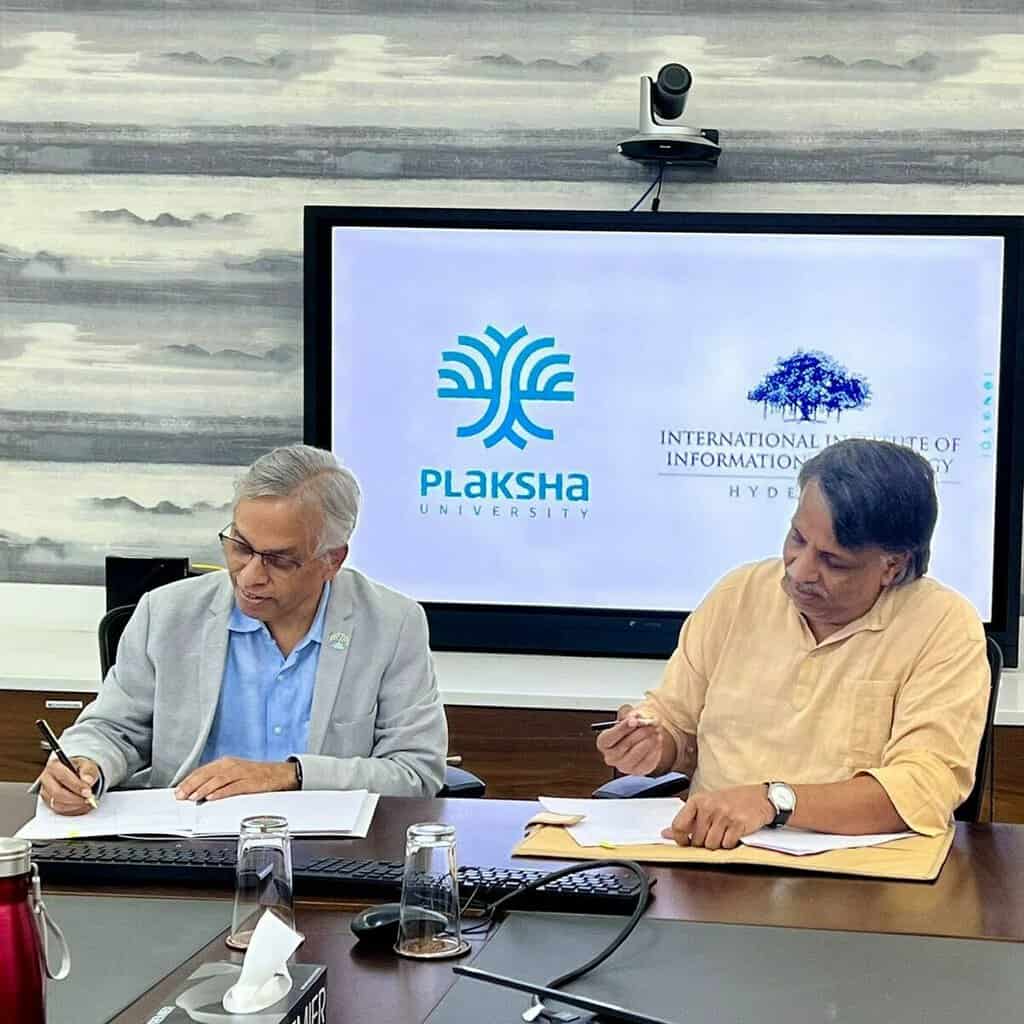In a world that is changing quickly, Envac is driving advancements in automatic waste collection for cleaner and more effective waste management systems.
The field of robotic waste collection is even making significant progress as the world continues to develop quickly. Envac, a well-known leader, is dedicated to advancing waste management systems that are cleaner and more effective.
The higher level of automation in computerized waste collection is one of its many advantages. With the help of its sophisticated vacuum system, the technology considerably lessens the need for manual labor, improves hygienicity in the waste collection process, and has a smaller negative impact on the environment. In addition to automation, it has a significant impact on hygiene and cleanliness. The spread of diseases is reduced and better hygiene is promoted by quickly removing waste from common areas. For hospitals where patients and staff require a secure and healthy environment, this is especially crucial. Also, it has the ability to reduce costs while increasing productivity.
What is the Envac system’s mechanism?
Users simply need to interact with the waste inlet, where they can dump their waste, according to the Envac system. The inlets are usually grouped together within 30 meters of residential or commercial buildings, with individual inlet locations for each type of waste. Users sort their waste at home and dispose of it in the proper container, simplifying the sorting procedure and promoting recycling.
The inlets are totally sealed, minimizing unpleasant odors, mess, unsanitary conditions, and lowering the risk of vermin when compared to conventional waste rooms or bins. An underground pipe network connects the waste inlets, and when they are complete, they empty, increasing energy efficiency. Bad airflow is used to transport the waste through the pipe network, sucking the bags to a far-off collection station at 70 km/h. For every waste stream, emptying just takes a few minutes.
The Envac system is adaptable to extreme weather events because it is underground, and thanks to clever automation, it can be trusted even in the face of cultural pressure. The impact of large traffic, such as noise, air pollution, and traffic jams, is lessened by the waste collection station’s location, which can be two kilometers or farther from the center of the city. Each waste stream is emptied individually and sent to the appropriate waste container at the collection station after being transported through a second pipe network. Before being released from the building, the air used for transportation is cleaned by an professional filter.
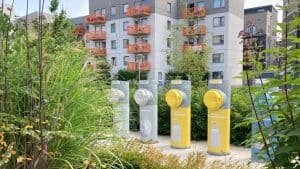
A standard collection vehicle removes a full container for processing, lowering heavy waste-related traffic and carbon emissions by up to 90 % compared to conventional multiple collections. Because of this, the Envac system is essential to achieving green industrial development objectives and preserving the environment. Waste collection has been significantly impacted by digitization in subsequent years, allowing waste management companies to keep an eye on their operations and improve the effectiveness and efficiency of waste collection procedures. For instance, sensors are put in waste inlets to alert when they are whole, making the system energy-efficient.
Automated waste collection for adaptable urban development that is responsible
Particularly in densely populated areas, data-driven, brilliant waste collection and recycling play a key role in ensuring the sustainability and resilience of urban development. The Envac system is a clever tool that gathers data on usage and performance around-the-clock and offers intelligence and data to improve system performance. In order to streamline processes and create synergies, the system can be integrated with other city-specific platforms and software. This will help achieve the Sustainable Development Goals of the United Nations, which call for the healthy, adaptable, and sustainable development of cities and human settlements.
Monetary value and sustainability coexist in the circular economy that supports the smart city with modern advancements based on data collection. Municipalities can analyze large amounts of data from a variety of city services, including automated waste collection, water, electricity, and transportation. Residents can innovate bright services, and waste management can be done with sustainable and effective resource planning. In order to build more resilient and appealing cities, the need for well-planned and related green areas is becoming more and more crucial. Waste management is moved beneath by the Envac system, freeing up more room for people, bicycles, and recreation. As a result, trim waste inlets take the place of large recycling stations and do away with the need to construct access and transportation infrastructure for waste collection vehicles. Users can easily access and use non-recyclable waste for biogas or electricity production, district heating, or composting because the system manages the majority of recyclables and waste.
Climate advantages for 25 years in Lisbon, Portugal
Since the 1990s, Envac has provided Expo Park in Lisbon with its integrated waste collection system. It is important to note the beneficial ecological effects the system has produced as it marks its 25th anniversary this year. While eliminating the need for large collection vehicles, the system serves about 40 000 homes and 120 000 people, which has had a significant positive impact on the environment.
Around 240, 775 tonnes of waste have been moved so far by the automatic waste collection system. By removing large waste storage containers and heavy-duty collection vehicles from the streets, the system has improved industrial planning and management. From an economic standpoint, it has saved 232 tonnes of carbon emissions over the past 25 years, or about eight tonnes per year. Over time, it has also eliminated 58 tons of carbon monoxide and 15 tonnes of nitrogen oxide.
A powerful illustration of improving the quality of urban life while protecting the environment is the Expo Park system. Envac reviewed the goals attained by this infrastructure at the industrial and economic levels on the 25th anniversary of its operation. A 40 km underwater pipe network is used by the computerized waste collection system to transport waste to a consolidation plant via an air stream. Users dispose of their waste in open areas or inside their buildings using inlets, which are disposal points. Envac may use fresh energy sources in the future, such as solar energy from renewable panels on-site. The project would then be a shining example of green industrial growth.
The Envac system has been in use for 500,000 hours and is accessible 24 hours a day, according to Roberto Rello, service director for the EMEA region. The adaptable waste collection system’s effective installation and operation at Expo Park in Lisbon over the past 25 years is evidence of how crucial it is to protect the environment and improve urban life.
waste system in Norway that protects the city’s historical heritage
Bergen, a Norwegian city renowned for its historic city center with winding streets and sturdy structures, has made creative efforts to protect its cultural heritage. Bergen has developed a ground-breaking alternative to conventional bin-based waste collection by deciding on an underwater pipe- base system from Envac, making it the world’s leader in sustainability.
By establishing a sealed underground waste collection, Envac has assisted Bergen in achieving its objective of becoming an global sustainability exemplar. Envac created a system that could handle 50 tonnes of waste per week using only airflow and did n’t need waste collection workers to be present on the streets. The second stage of the system was put in place in 2007, and once it is finished, Envac’s mechanical waste collection system will continuously collect the waste from up to 30,000 apartments.
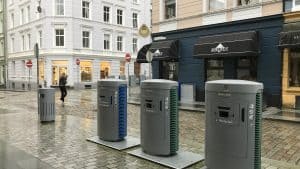
Bergen has been recognized for its green industrial planning with the National Energy Globe Award and the International Project of the Year Award at the World Congress on Municipal Engineering in Kansas,US. The City of Bergen has been able to protect and maintain a significant portion of its historical legacy thanks to Envac, as well as prevent further damage to its historic roads brought on by waste collection trucks that are too large to properly navigate the city’s old, winding streets. By installing a closed system where fire and the risk of fire spreading are no longer possible, it has also eliminated the possibility of waste-related fires and burning bins, which would be fatal for Bergen’s timber buildings. According to the installation of a closed waste collection system that prevents waste-related fires, Bergen has thus reduced its insurance premiums. By putting in a system that will be in place for many years, it has future-proofed its infrastructure, supporting Norway’s commitment to the environment. By locating Envac’s cardboard shredding inlets in open spaces, Bergen has established itself as the second city to do so. In 2023, a new waste collection station of Bergen’s automatic waste collection is installed that secures the future for generations to come with one of the world’s most responsible and wise cities.
Reducing the effects of waste on the environment through visual sorting
A cutting-edge solution for recycling is visual sorting. Cities of all sizes can cut their transportation and collection costs by at least 50 % when using optical sorting solutions as opposed to other systems. The visual sorting system can be integrated into existing waste collection techniques to modernize them or used in conjunction with the automated Waste Collection system from Envac. It is clear, cost-effective, and has raised recycling rates. The system uses colored-coded bags that are unique to each type of biodegradable material. Yet if users are fresh to recycling, this makes it simple for them to sort their recyclables. The bags are disposed of in the same inlet or waste bin before being transported to the sorting facility, where they are color-separated and put in their appropriate containers. This makes transportation easier and lowers emissions and costs.
At home, users and residents separate the waste from biodegradable materials. Success depends on having apparent information and being simple to separate and dispose of. Years of experience at Envac have demonstrated that user engagement is increased when the information campaign is customized in collaboration with the system owner.
In the GrowSmarter project at Valla Torg in Stockholm, Envac has successfully implemented the system. After we replaced their previous recycling practices in this project, households cut their overall waste by 65 %. The system gathers data on things like weight per fraction, user sorting performance, how recyclables are disposed of, and many more. Beyond any normal system, the system is optimized using this data. Technology advancements make it possible to set up the system’s capacity and collection intervals, which also increases recycling and makes it more intelligent and responsible.
The visual sorting system can handle recyclables like combustible waste, paper, plastic, metal, textiles, newspapers, colorless glass, and colored glass. Envac can offer a system that meets every need and size of city or municipality thanks to its flexibility.
the generations to come as well as the future for us
Several cities around the world, including Paris, Seoul, Stockholm, London, Singapore, Oslo, Hong Kong, and Dubai, are now using the Envac automatic waste collection system. In conclusion, Envac offers a creative and green waste management approach that improves hygiene and reduces manual labor in industrial settings. The system can make cities safer, resilient, and green by integrating with different city-specific platforms and achieving sustainable development objectives. Coming generations will benefit from Envac’s dedication to advancing the development of a cleaner and more effective waste management system.





